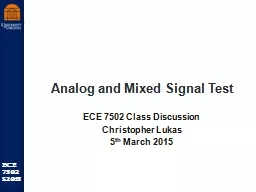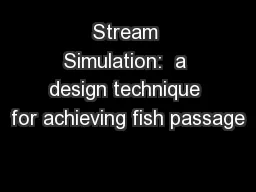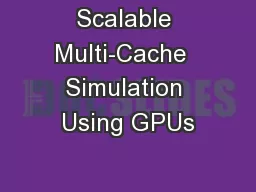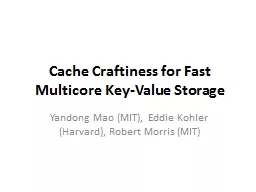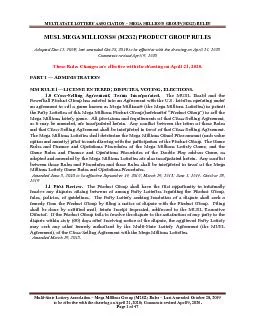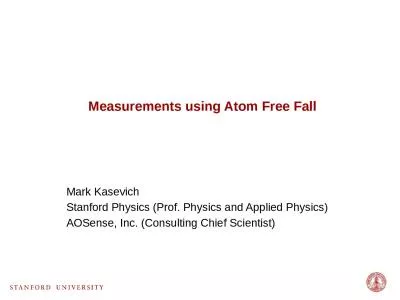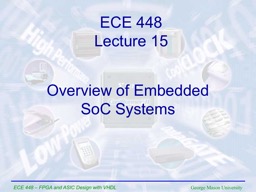PPT-OpenKMC : a KMC Design for a Hundred-Billion-Atom Simulation Using Millions of Cores on
Author : vestibulephilips | Published Date : 2020-08-28
Taihulight SC 19 Kun Li Honghui Shang Yunquan Zhang Shigang Li Baodong Wu Dong Wang Libo Zhang Fang Li Dexun Chen Zhiqiang Wei Institute of Computing
Presentation Embed Code
Download Presentation
Download Presentation The PPT/PDF document "OpenKMC : a KMC Design for a Hundred-Bil..." is the property of its rightful owner. Permission is granted to download and print the materials on this website for personal, non-commercial use only, and to display it on your personal computer provided you do not modify the materials and that you retain all copyright notices contained in the materials. By downloading content from our website, you accept the terms of this agreement.
OpenKMC : a KMC Design for a Hundred-Billion-Atom Simulation Using Millions of Cores on: Transcript
Download Rules Of Document
"OpenKMC : a KMC Design for a Hundred-Billion-Atom Simulation Using Millions of Cores on"The content belongs to its owner. You may download and print it for personal use, without modification, and keep all copyright notices. By downloading, you agree to these terms.
Related Documents


